Tesla CEO Elon Musk has confirmed that the company will launch a paid robotaxi service in Austin, Texas, this June. The service will use Tesla’s own fleet of vehicles equipped with “unsupervised” Full Self-Driving (FSD) software, marking a significant step towards fully autonomous ride-hailing. Musk was light on details but indicated that this would be a cautious rollout.
The service will operate without human drivers, relying on the FSD software that Tesla is preparing to release to owners in California and many other regions of the US this year. However, Musk clarified that allowing owners to add their own cars to the fleet won’t happen just yet. The CEO also called 2025 “maybe the most important year in Tesla’s history,” hinting at future developments for the company.
Early plans and cautious rollout
Musk first mentioned the robotaxi service idea in October, introducing Tesla’s Cybercab prototype—an autonomous vehicle with no steering wheel or pedals. The plan was initially set for a 2025 launch in Texas and California, using Model Y SUVs and Model 3 sedans. Now, the company has moved forward with a pilot in Austin, and Tesla is reportedly in talks with city officials to make it happen, though there has been no official response from the city.
In terms of safety, Musk said that Tesla would begin with a “gentle” approach, testing the FSD software in a controlled environment at its factory in Texas. He reassured the public that safety would be the top priority, aiming for a system that operates at a safety level “significantly above the average human driver.”
Challenges and safety concerns
Tesla has long shared a “vehicle safety report,” comparing the miles driven on Autopilot—its less capable driver-assist software—against the crash statistics for human drivers. However, this comparison has been critiqued due to the fact that Autopilot mostly operates on highways, and the company doesn’t provide detailed information about crash conditions.
Despite these concerns, Musk’s optimism remains high as Tesla moves forward with its robotaxi plans. But as the company works to perfect unsupervised driving, questions about the reliability and safety of its self-driving technology continue to linger.


)
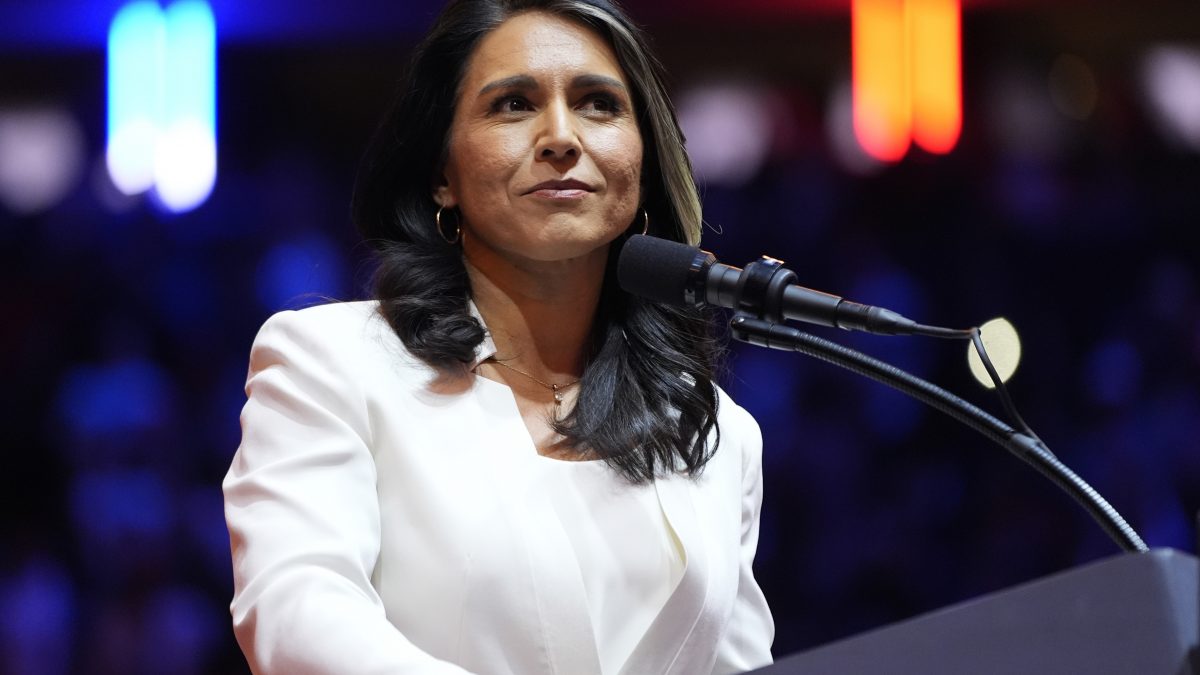)
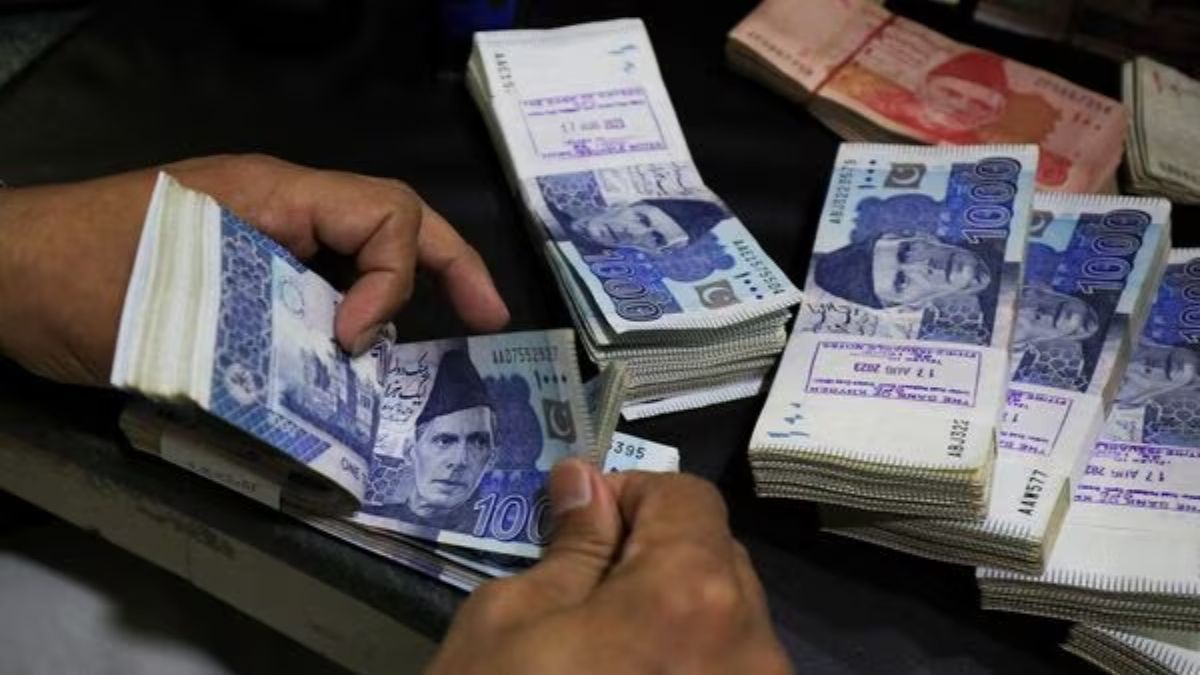)
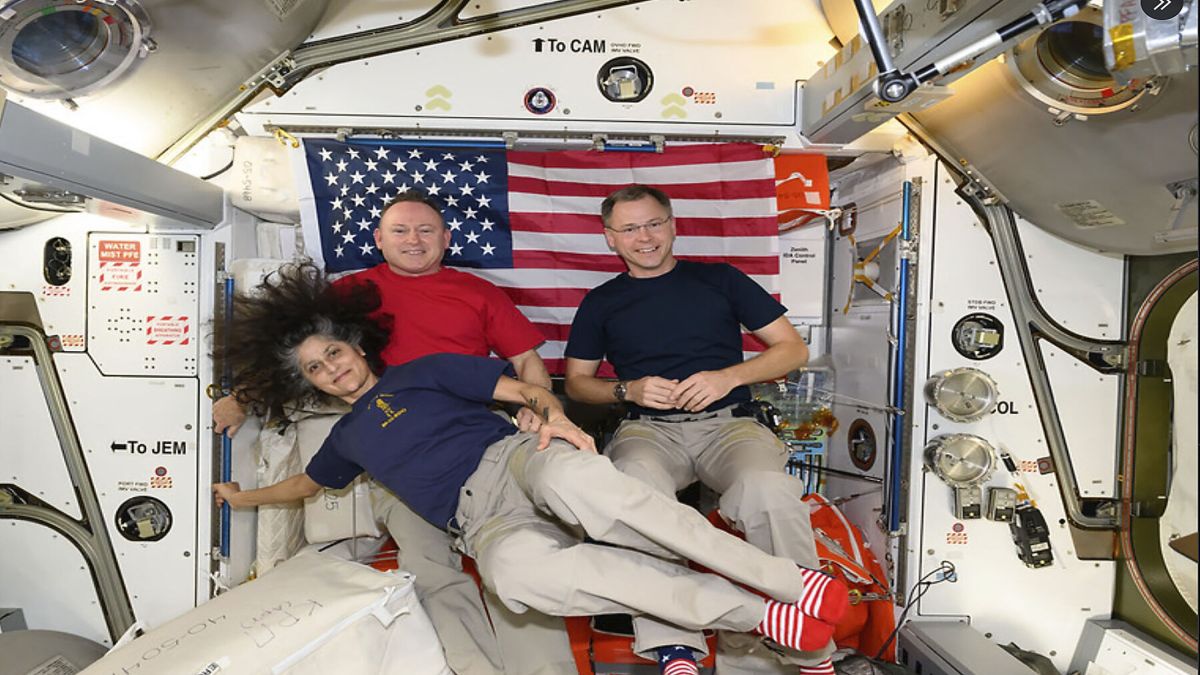)
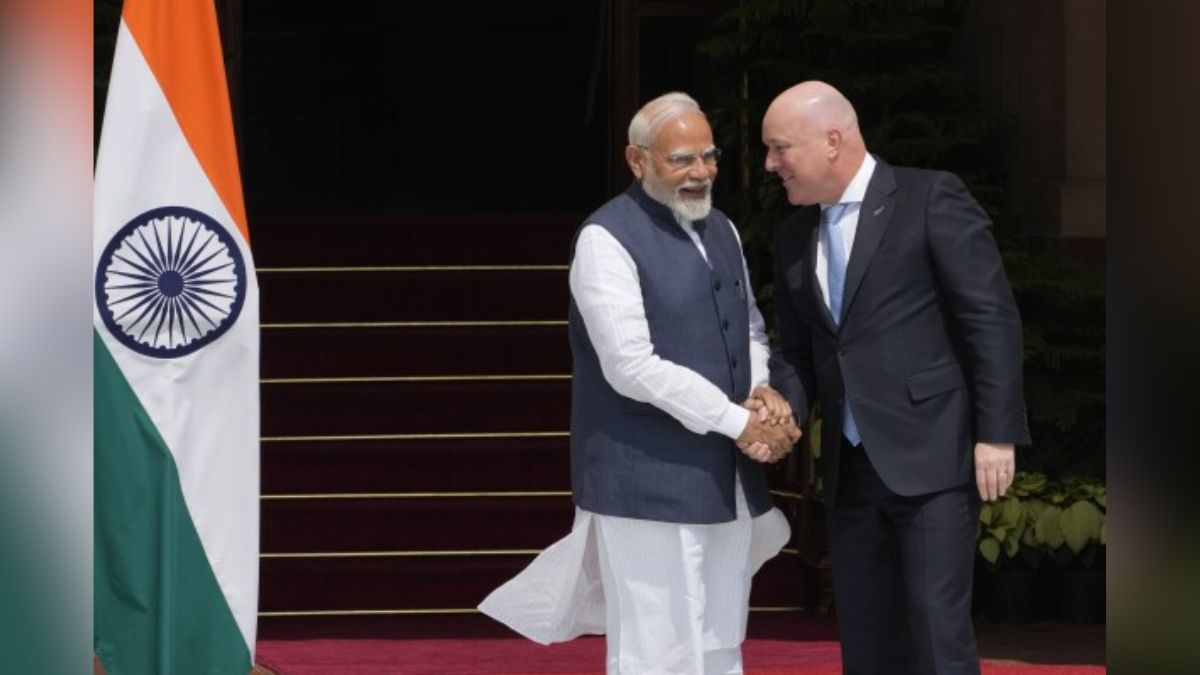)
)
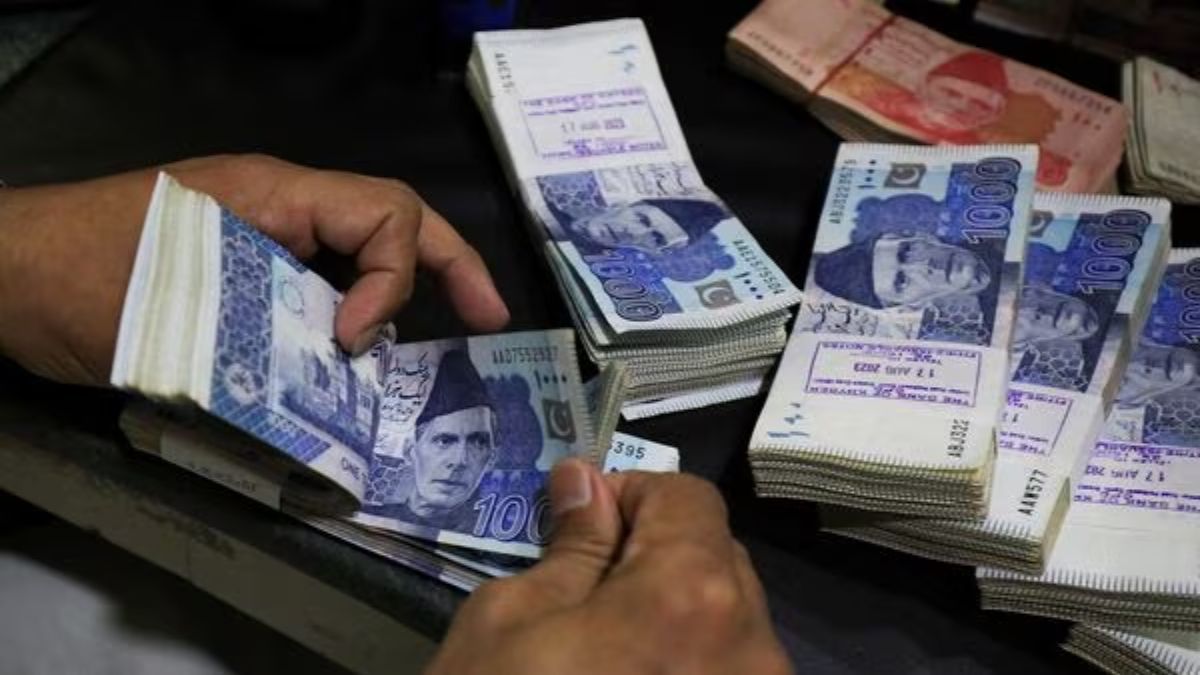)
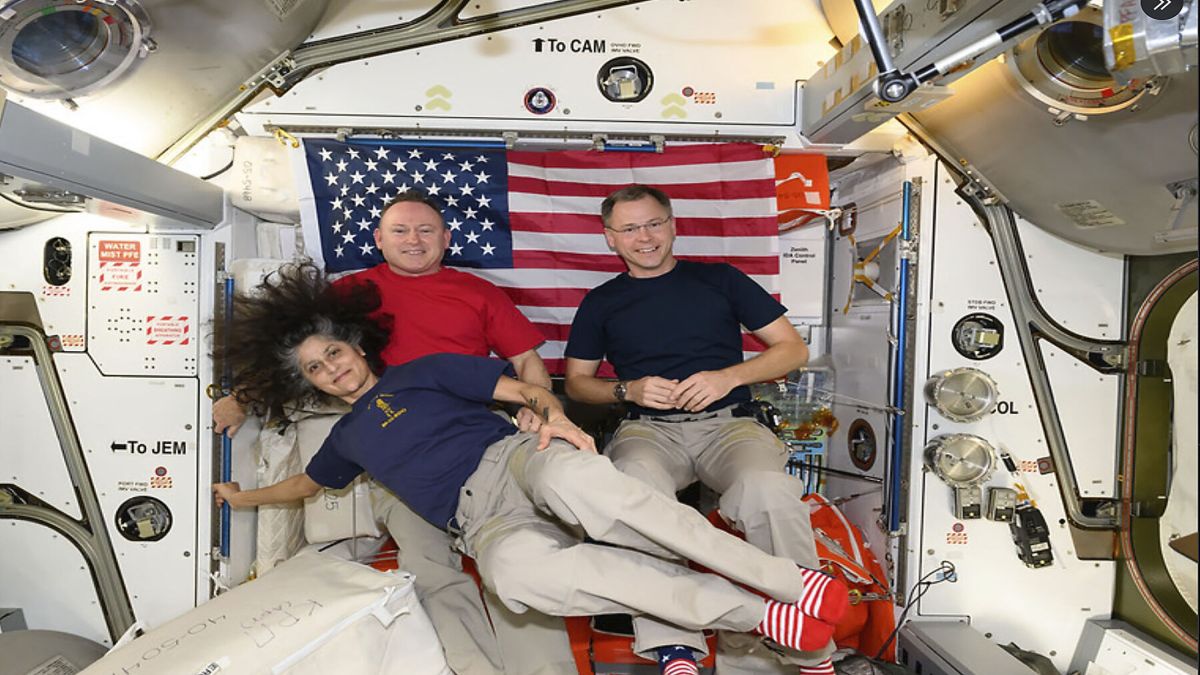)
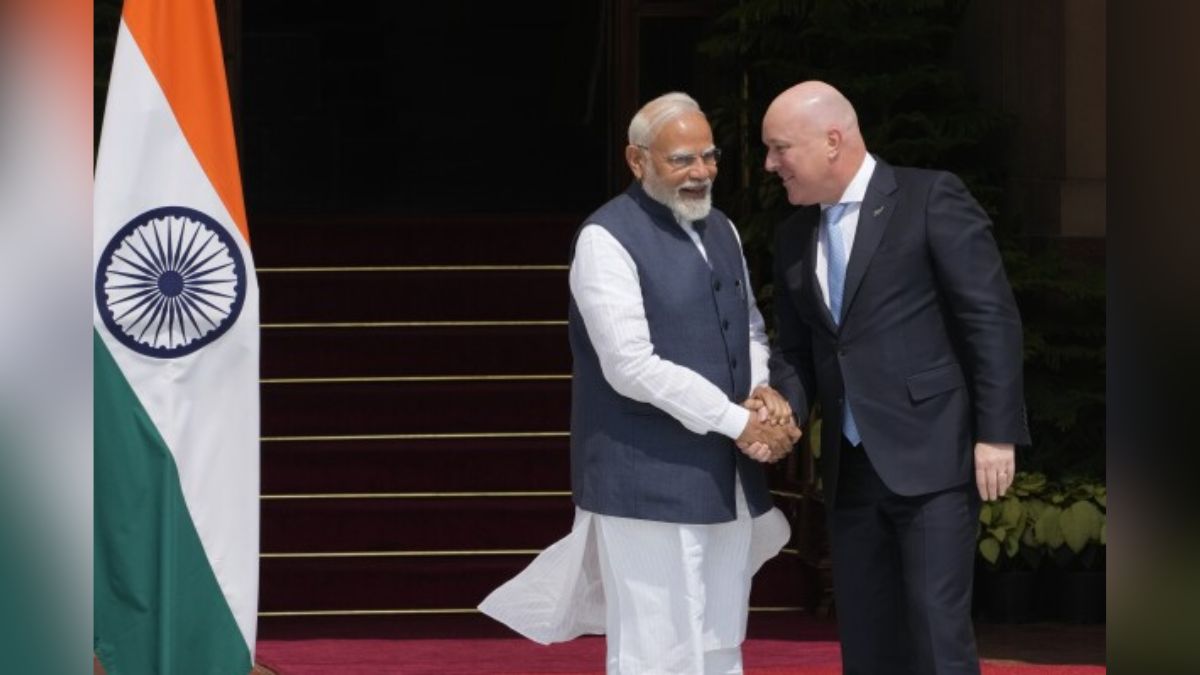)



